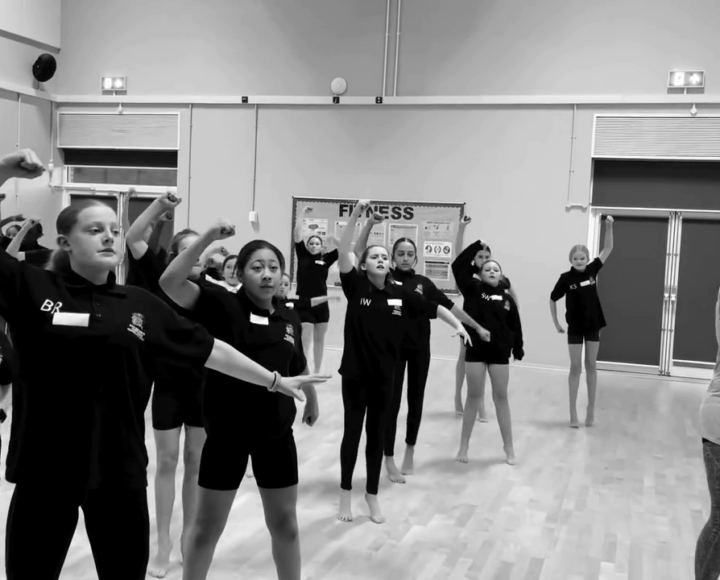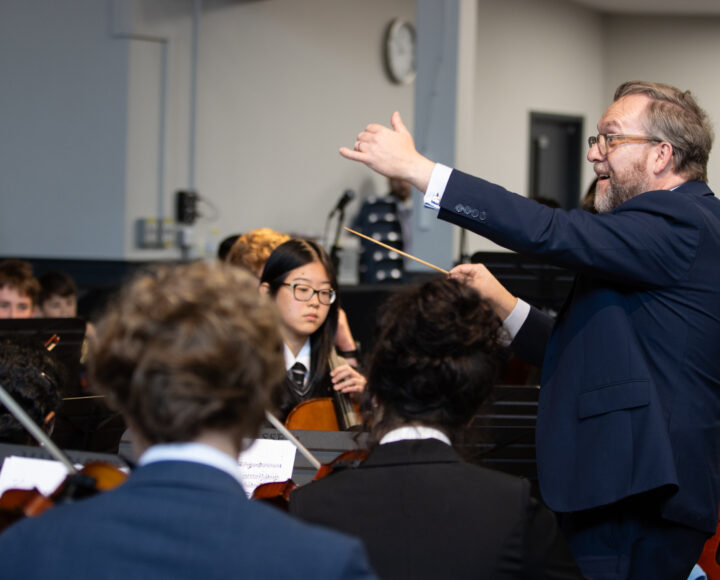The place of feminism in 19th century Britain is, unsurprisingly, complicated. For centuries the stereotypical female role was within the home environment – running the house or caring for children. However, slowly but surely, girls gained a place in the classroom. How did this happen in the Victorian era, where access to knowledge was so greatly affected by gender and class?
Education in the UK during the 1800s included girls but at a very basic, elementary level. Middle-class girls were taught reading, writing, arithmetic, and skills like sewing by their mothers. Those who were more well off hired a female tutor or sent their daughter to a boarding school specialising in “girls’ subjects” – writing, music, and needlework. For poorer families, many children attended schools set up by churches, which were founded with the aid of organisations such as the National Society for Promoting the Education of the Poor. Factories and workhouses, enforced by the Factory Acts, also gave children rudimentary education.
The industrial age dramatically fuelled the progress of basic education for the poor and girls, with Parliament starting to designate money for schools in 1833. By 1840 when the Grammar Schools Act was first put in place, 60% of women were still illiterate, but by 1860, this had reduced to 40%. Schools specifically for girls began opening, such as Cheltenham Ladies’ College in 1853. In many cases, such schools were founded by wealthy women who believed passionately that their fellows deserved an education.
This social shift in education privileges even caught the attention of Birmingham Town Council, which in 1864 discussed the idea of opening a High School for Girls, progressing girls’ education from elementary to secondary. For context, at this point in 1864 a mere 12 public secondary schools for girls existed in the whole of England and Wales, and for Birmingham to be even considering this “radical” idea was certainly unusual. However, while it was agreed by town councillors and King Edward’s governors alike that this was something that should be done, it took another 19 years to come to fruition!
The fight for education equality continued with the creation of organisations such as the National Union for Improving the Education of Women being formed in 1871 and the Headmistresses Association in 1874, which started with 13 members.
Birmingham’s school board and city council alike were dominated by a liberal elite in which Quakers and Unitarians played a prominent role. Female members of these families such as Elizabeth Cadbury and Clara Martineau often played prominent roles on committees, later becoming elected councillors. It was their influence which kept girls and women at the fore of education because social conventions meant that women were more likely to champion issues such as the education of girls and children’s health and welfare.
This niche kept women involved and experts in their field for “social concerns” such as education and healthcare, and they were often involved in local government and politics, campaigning for these issues.
Finally, after much discussion about cost, where to place the girls and what to teach them, the King Edward’s High School for Girls opened on 18 September 1883, with Miss Creak as Headmistress. It was a significant year for the King Edward VI Foundation in Birmingham on other fronts too, with five other Foundation schools dating from 1883 – Aston, Camp Hill Boys, Camp Hill Girls, Five Ways and Handsworth Girls. Each school had its own building, but some concessions had to be made because of cost – Aston Boys’ and Girls’ schools for example were on the same site, but separated by a wall. Budget constraints meant that the girls of the new High School were educated on the site of the boys’ school in New Street, which was altered to accommodate the girls with a series of building works and sometimes even curtains to separate the classrooms!


And so, with a determined headmistress, six mistresses and 150 girls, the first Autumn Term at King Edward VI High School for Girls began.











